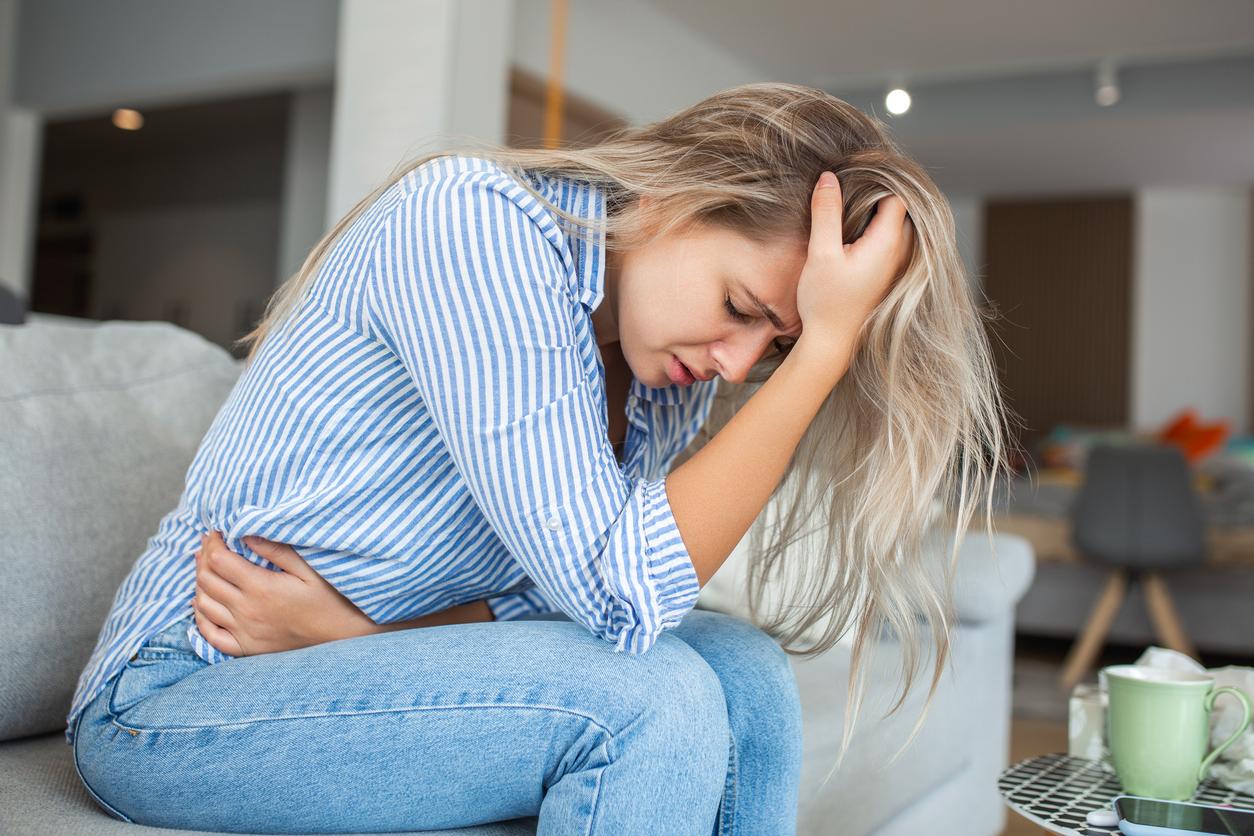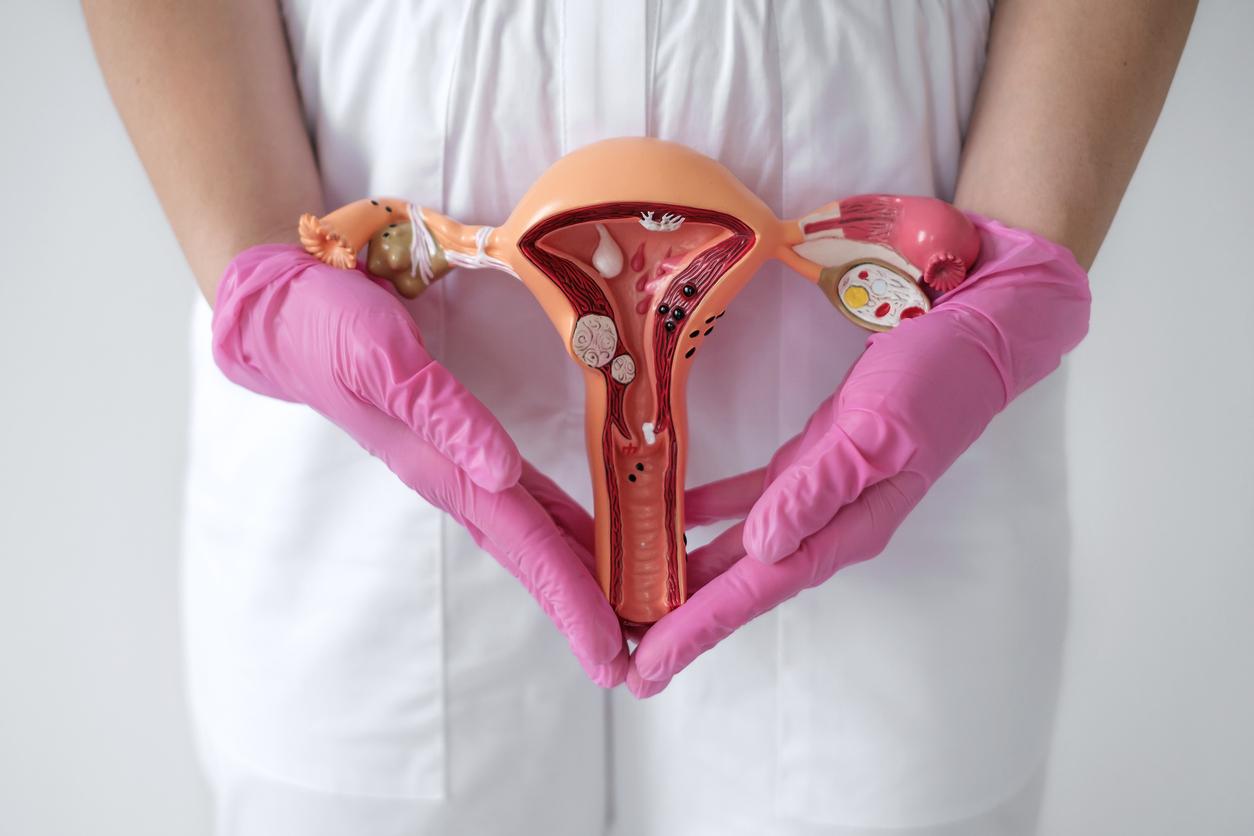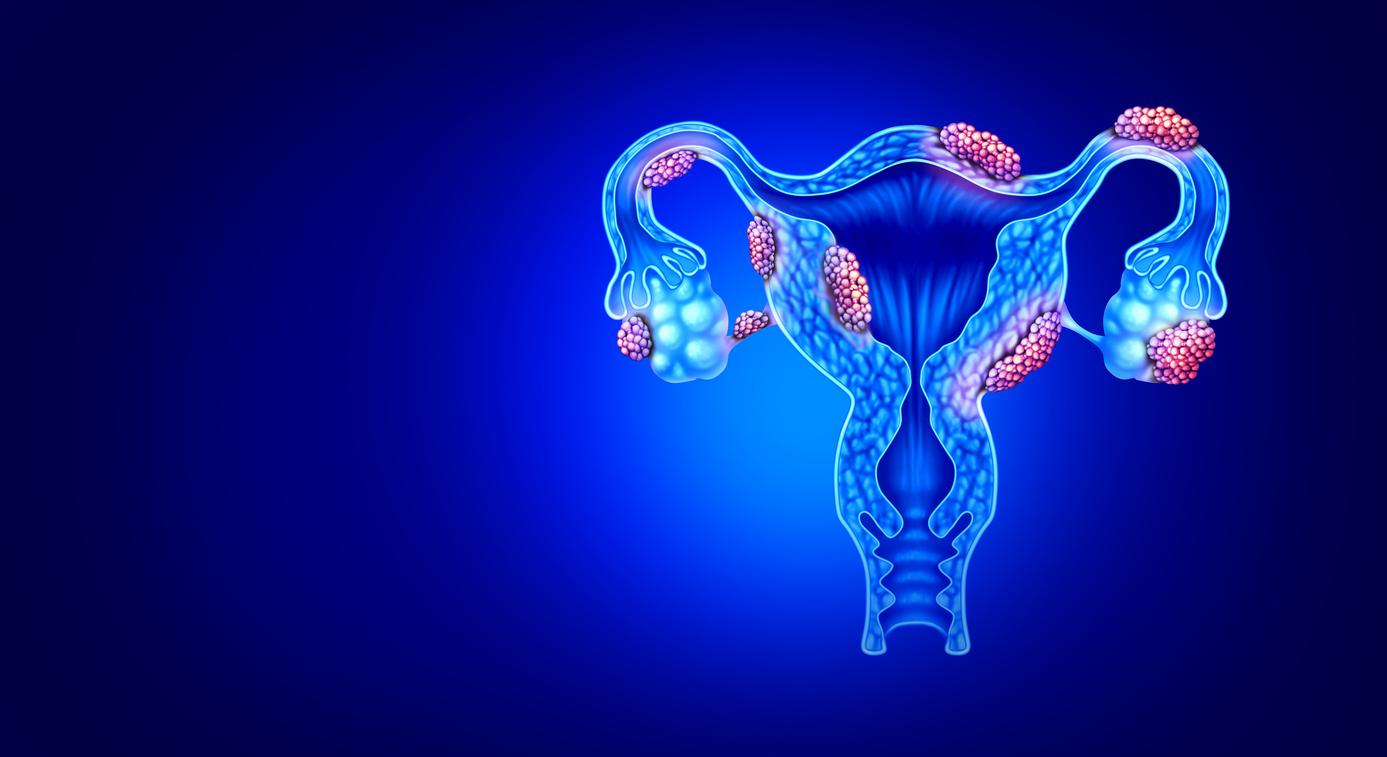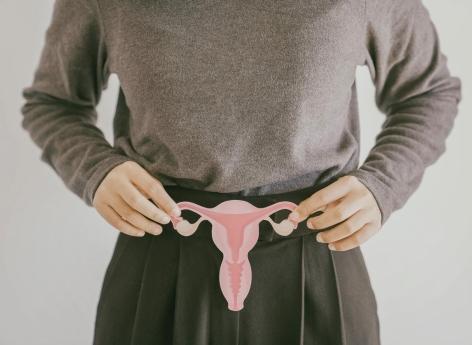I’endometriosis affects about one in 10 menstruating people, between puberty and menopause. A chronic inflammatory disease defined by the presence of endometrial or similar cells outside the cavity provided for this purpose, endometriosis is responsible for symptoms such as pelvic pain throughout the cycle and which intensifies around periodsheavy vaginal bleeding, pain during intercourse or difficulty getting pregnant.
But what do you really know about the disease? Many women themselves feel helpless, and sometimes abandoned in the face of the disease. According to the EndoFrance association, in 70% of cases, the main symptom is pain and the disease can be responsible for infertility: 25 to 40% of women with endometriosis can indeed experience difficulty conceiving a child.
How is the disease diagnosed? Even today, it takes seven years on average between the onset of symptoms and a reliable diagnosis. It begins with a clinical examination, which can be supplemented by a pelvic ultrasound to confirm. If the specialist thinks the lesions are deeper, he may perform an endovaginal ultrasound.
In 2023, despite the active progress of research, too many misconceptions remain around the disease, its causes and its risk factors. Localized pain during menstruation, minimum age to have endometriosis, specific diets to limit symptoms… Here is what you should stop believing and what you can reassure yourself with.



















